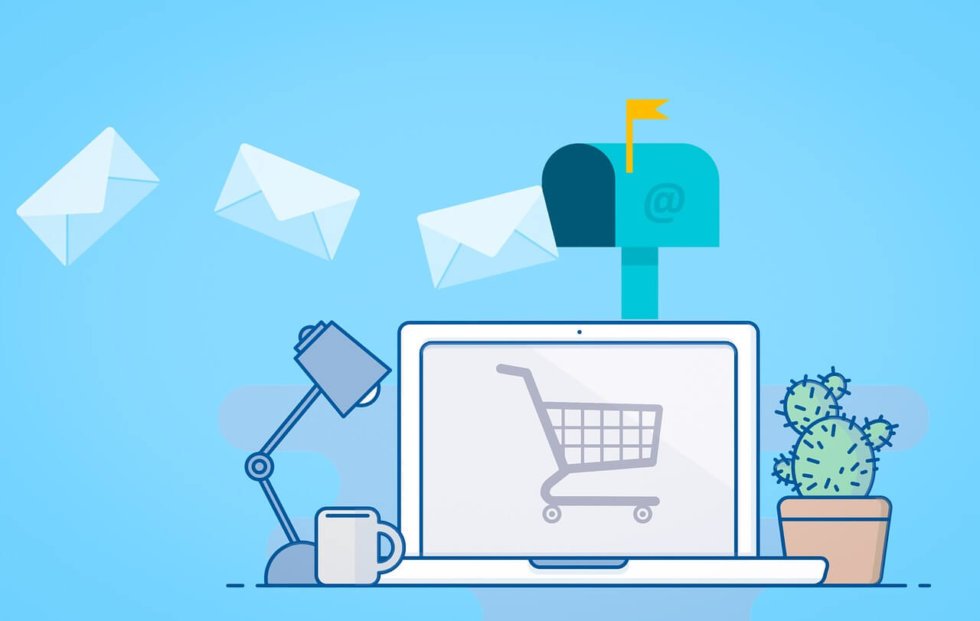Do you feel like not enough people or businesses are expressing interest in your company’s products or services? Have you ever launched a new product, expected to see your inbox full the next morning, then awakened to just a handful of new (mostly spam) emails? If so, you might have an issue with lead generation.
Leads are persons who indicate some sort of interest in your company’s offerings. Let’s say you take an online survey about your online movie preferences. A couple of days later, you receive an email from Netflix, who happens to be the company that commissioned the survey. Getting an email is a lot better than getting a call without even asking you first if you like movies at all, right? Congratulations, you’ve just become a lead!
From a customer standpoint, being a lead will help you get suggestions that a company thinks will be useful to you. From a business standpoint, the survey helps the company create an initial communication that does not feel like something sent in bulk. Here are some ways you can generate more leads for your business this year.
Email Outreach

Email is a great place to start, and also a bit like shooting fish in a barrel. Email marketers get customer information and contact details from surveys and other methods, run them through an email verification tool, and create customized email marketing material based on the information they gather.
It’s a lot easier to ask these prospects to take action on your email because they are already familiar with your brand and are more likely to have already purchased something from you in the past. But whether they are new customers or existing ones, it’s important to come up with an eye-catching design and convincing copy to get them to click on your call-to-action. Some email service providers do a great job of helping you create visually appealing emails.
Here’s one little-known secret about email outreach: timing matters a lot when you send a marketing email. For example, scheduling an email blast between 10 PM to 9 AM is like shooting emails straight into the trash, while recipients are more likely to respond to consumer promotions from 7 to 10 PM since they are probably no longer too busy with work. Plan and schedule your email campaigns wisely.
Landing Pages & Paid Ads
You might think that landing pages and paid ads are one and the same, but they are very different from each other. Paid ads appear in other web pages or apps, while landing pages are standalone pages that offer a promotion. Clicking on a paid ad will most likely lead you to a landing page.
One thing that landing pages and paid ads have in common is they usually have what is called a call-to-action (CTA). They are images or text that tell visitors or readers to take action; in most cases, the action is to click the CTA to access a page where they can make a purchase, subscribe to a newsletter, and/or receive a free item or discount.
Most CTAs on landing pages take the form of buttons that describe what’s in store for those who click it, whether it is a free consultation or a quick quote for service. While many CTAs also contain verbs, a short description of the offer is good enough for most purposes.


![]()

A collection of CTA buttons from different landing pages.
Using the best landing page builder available uses key design principles to help increase the click-through rate for the page. However, you have to offer something enticing enough and the copy on the page should explain what your product does and what visitors can expect when they click.
SEO

Most people think of SEO as stuffing a website content with keywords to drive the site up the search rankings. While content optimization and keyword research are part of SEO, they’re not the only things an SEO strategist has in their toolbox. SEO encompasses the following strategies that are often used together.
- Keywords. Finding the right keywords and using them in your content is important if you want to get noticed by search engines and readers. Using a combination of short keywords (which are less specific, but have high search volumes) and longer keywords (which have lower search volumes, but are more specific and focused) will help your website attract different kinds of search engine users.
- Backlinks. Most search engines reward backlinked content with higher search rankings. However, knowing how to cite a website is not enough if you want to get backlinks. You need to learn how to choose the websites that will link back to your content. One way of getting backlinks is to write guest posts for websites that accept them; preferably, you’ll want to submit them to sites that have high credibility and those that are related to your industry.
- Local listings. If you’re a local business, you’d want to attract local customers. And to attract local customers, you need to claim your listing in online directories such as Facebook, Google, Bing, or LinkedIn. This is particularly important if your business does not include its location in its name. The example below shows how claiming a local listing pushed That Flower Shop to the top of the search rankings for London. It might not be the biggest one in town, but who cares when it’s the first to appear in searches?

- Social media. The major search engines also include social media content in their results. The more active your business is on social media, the higher you’ll rank on Google. Facebook alone boasts of around 12 million ranking keywords on Google, while Pinterest and Twitter have close to 5 million each. Facebook Marketplace is also a good way to advertise your products and promote your website, with over 800 million people a month using this feature.
- Website optimization. Google penalizes websites that take too long to load. Faster websites respond to searches quicker and place higher in the search rankings. Choosing a reliable web hosting service is one way of shortening load times, while optimizing your CSS/HTML/JS scripts, removing unnecessary plugins, and fixing broken links will reduce your page’s size. Google also places mobile-friendly sites higher in the rankings, so optimizing your website for mobile will help pull it up a few notches.
Employing a well-rounded SEO strategy is one of the keys to generating more leads. Do it well enough, and you’ll gradually find yourself needing paid ads less and less.
Events Marketing
If your business has some money to spare, hosting or sponsoring a live event can also help generate leads. Whether you are celebrating your company anniversary, launching a new product, or showcasing your current services, a live event can generate high-quality leads.
It all begins with identifying the kind of people you’d like to invite. Understanding your target audience will help you plan the event and prepare a promotion strategy for it. For example, if you want to attract C-suite individuals to your event, your speakers should also be CEOs or thought leaders at the least. Otherwise, your potential attendees will just feel they’ll just be wasting their time if they go to your event.

Lead generation through events comes in two forms. First, you can get attendees’ contact information when they register for your event. The registration experience should be quick and easy. Nobody wants to wait a long time for a registration page to load, and not optimizing it for mobile will turn off potential attendees who use their mobile devices most of the time.
The second type of lead generation happens during the event itself. Walk-in attendees can leave their contact details at a registration booth just outside the door. If your company is sponsoring the event or is one of the exhibitors, you can also ask attendees to give their contact details in exchange for small corporate tokens.
Either way, you have to make smart decisions when you host or sponsor a corporate event. You want to provide a good experience for the attendees while staying within budget and maximizing ROI.
Free Trials & Special Offers
Customers are reluctant about trying new products or services because they are not yet convinced that it’s worth their time and money. You need to convince them that your product is worth considering at least. Two of the oldest, but most effective, tools of the trade are free trials and special offers.
How do free trials work? You offer potential customers access to your product for a limited time so that they could check out its features and functionalities. In return, you can ask them for their email addresses and other contact details. If they are satisfied with your product, they are likely to purchase it. Otherwise, you can reach out to them for updates on the same product or to introduce new ones.
Special offers work the same way. They can act as a reward for purchasing another product. For example, you can offer a free ebook to customers who sign up for one of your services. You can also use special offers to introduce customers to a new product. Because they are among the first people to try out the new product, you are giving them something to be proud about.
Free trials and special offers are effective ways of gaining customer loyalty, even if they haven’t spent a single cent on your products yet. If you offer them as limited time bonuses, you can also use them to get some early revenue and social proof.
Grow your customer base with lead generation
Now that you are aware of the different tools you can use to generate more leads, you can put your own twist on them. Businesses are constantly coming up with new strategies to generate leads, so you have to do your research to stay ahead of the competition.
Doing email outreach, creating landing pages, optimizing your web content, hosting and sponsoring corporate events, and offering free trials are all good, but you should keep on hustling to get those leads and handing them over to your sales team. Otherwise, you’ll end up wasting a pretty good amount of leads and losing them to other businesses.
Lead generation strategies should also be flexible and adaptable to different situations. As you keep analyzing your results and adjusting your methods, you’ll increase your leads, improve their quality, and watch your conversion rates rise.

